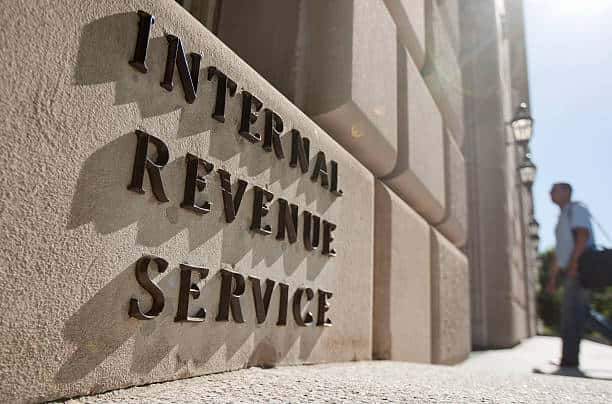
The IRS is raising 401(k) and IRA contribution limits for 2024, offering individuals more savings opportunities for retirement.
For 401(k) plans, the new contribution limit will be $23,000, up from $22,500 in 2023. This change offers American workers the ability to set aside a larger portion of their income for retirement savings.
IRS Acknowledges the Value of Prudent Savings
This decision underscores the IRS’s acknowledgment of the significance of empowering individuals to amass an adequate financial cushion for their retirement years, emphasizing the value of prudent savings and financial security in one’s later life.
The expansion in contribution limits extends beyond 401(k) plans to IRAs as well. Starting in 2024, individuals will be allowed to contribute up to $7,000 to their traditional IRAs before taxes. This represents a $500 increase compared to the 2023 limit.
Furthermore, individuals aged 50 and older can make an additional catch-up contribution of $1,000 to their accounts, enhancing their retirement savings potential.
Read more: California Hospitals Reactivate Mask Mandates In Response To Increased COVID-19 Cases
Tax Deductions for Traditional IRA Contributions

The IRS highlighted that taxpayers who meet certain conditions may deduct contributions to a traditional IRA. However, deductions may be reduced or phased out if the taxpayer or their spouse is covered by a retirement plan at work, depending on their filing status and income.
This move by the IRS aligns with the increasing efforts of Americans to secure their financial futures during retirement. According to the Investment Company Institute, 401(k) plans held over $7 trillion, and IRAs held over $13 trillion in assets during the second quarter of 2023.
Vanguard, a leading investment firm serving millions of Americans, reported that the average 401(k) balance in 2022 was approximately $112,000.
With the new contribution limits, individuals will have more flexibility to increase their retirement savings, ensuring a more financially secure future as they plan for their post-working years. These changes serve as an encouraging step toward helping individuals achieve their long-term financial goals.
Read more: Trump’s Reelection Tied To Financial Well-Being And Peace By Most Americans

